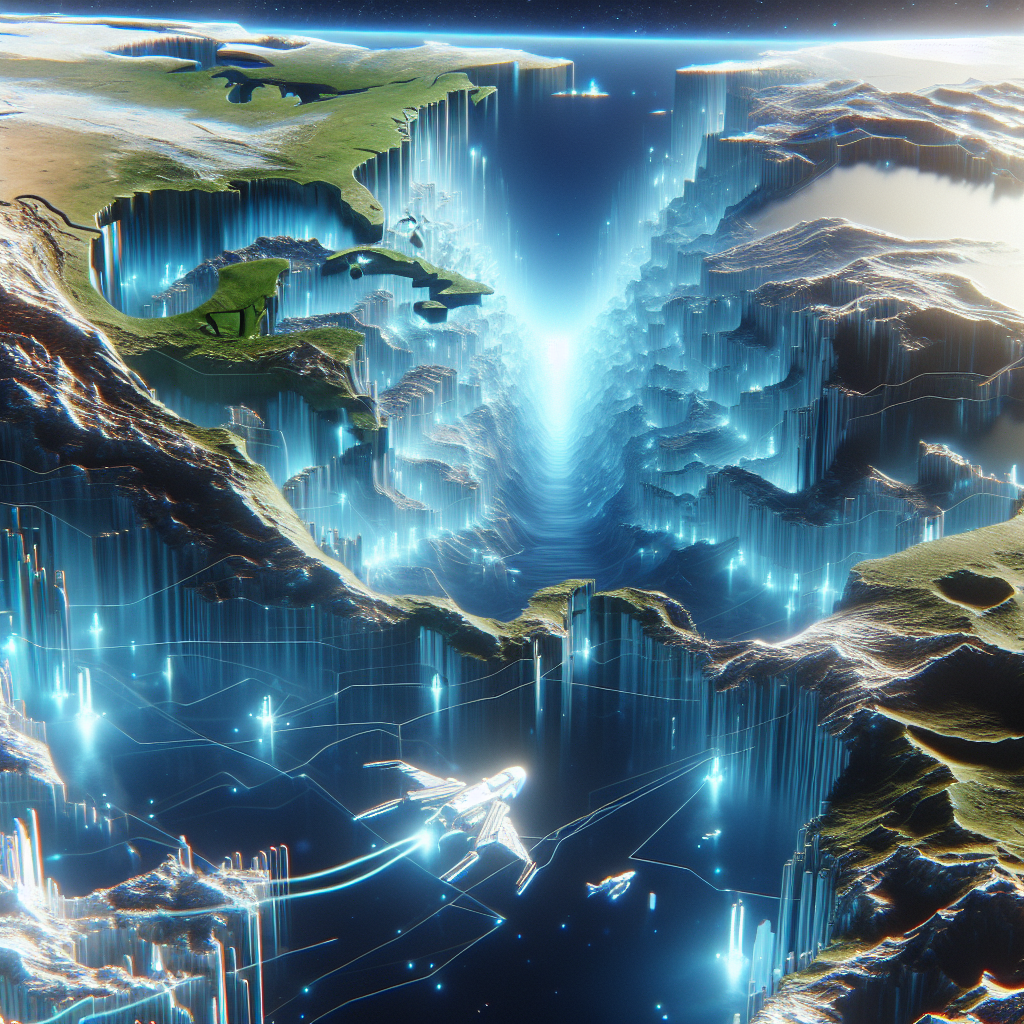Beneath the ocean’s surface, where sunlight fades and human eyes are scarce, lies a mystery that raises questions and astonishes scientists—the Middle America Trench. This deep geological feature, stretching from Mexico to Costa Rica, is more than just a trench; it's nature’s storytelling at its most dramatic. Forming as a result of the interaction between the Cocos and North American tectonic plates, it hosts an array of biodiversity and geological processes that have shaped not only the physical landscape but the very way we understand seismic activity and its impacts.
This trench’s discovery dates back to the late 19th and early 20th centuries when curious geologists dared to explore the ocean's depths in search for answers hidden beneath. They found the trench nestled along the western coasts of Central America, a place shrouded in both beauty and peril. Over the years, the trench has become a vital study area for scientists aiming to understand subduction zones, where one tectonic plate moves under another. It's this dance of the Earth’s crust that contributes to seismic activities including earthquakes and tsunamis that can affect millions living along these vulnerable coastlines.
For citizens living near the Middle America Trench, it's more than just a scientific anomaly—it's an ever-present reminder of nature’s unpredictability. Commonly, residents in areas like Chiapas, Mexico, or Managua, Nicaragua, find themselves directly influenced by the trench’s restlessness. Earthquakes linked to this region’s tectonic activities often bring back conversations about geological safety, infrastructure resilience, and disaster preparedness—critical topics in places where governmental resources are sometimes constrained.
Yet, from a global perspective, there's debate about how we approach such natural phenomena. Advocates of sustainable development in these regions emphasize the need for more international cooperation and funding to help mitigate the risks. They call for stronger infrastructure, improved early warning systems, and community education programs. These measures can save lives and preserve livelihoods. The counterargument often comes from those who cite limited resources and suggest prioritizing the economy, leaving less room in the budget for extensive safety measures.
In the natural world, the trench plays a pivotal ecological role by supporting diverse marine life. Its vast depths and specific environmental conditions create natural sanctuaries for unique species. The interplay of cold water currents and nutrient-rich upwelling contributes to a vibrant underwater ecosystem, fostering a rich tapestry of species from bioluminescent fish to ancient mollusks. This biodiversity is essential for marine conservation efforts but often gets overshadowed by the pressing geological dangers.
Additionally, the trench highlights a broader conversation about how humans relate to and impact the environment. As people continually strive for progress, it’s easy to ignore the environmental nuances that make our planet special. There’s ongoing discourse about marine conservation that aligns with the liberal values of understanding and protection. It’s suggested we need to balance our industrial pursuits with the strategic preservation of such critical natural habitats. Protecting the trench isn’t just about geology—it signifies a commitment to safeguarding the ecological treasures it harbors.
To engage Gen Z in these issues, it might be helpful to spotlight the power of young voices in the environmental arena. It’s this generation’s inclination towards digital activism and their influential role in pushing for climate justice that can bring about tangible change. Connections through social media platforms often lead to global conversations that raise awareness and, ultimately, action.
The Middle America Trench thus embodies several complex narratives—it tells stories of natural wonder and warns of impending risks. As we navigate these discussions, it’s crucial to remain empathetic to all viewpoints, acknowledging that balancing ecological preservation and economic development is never straightforward. Commitment to environmental welfare and acknowledging scientific insights is essential for creating sustainable futures where both people and planet can thrive. By doing so, we ensure that this remarkable geological feature continues to be studied, understood, and respected, rather than feared.

